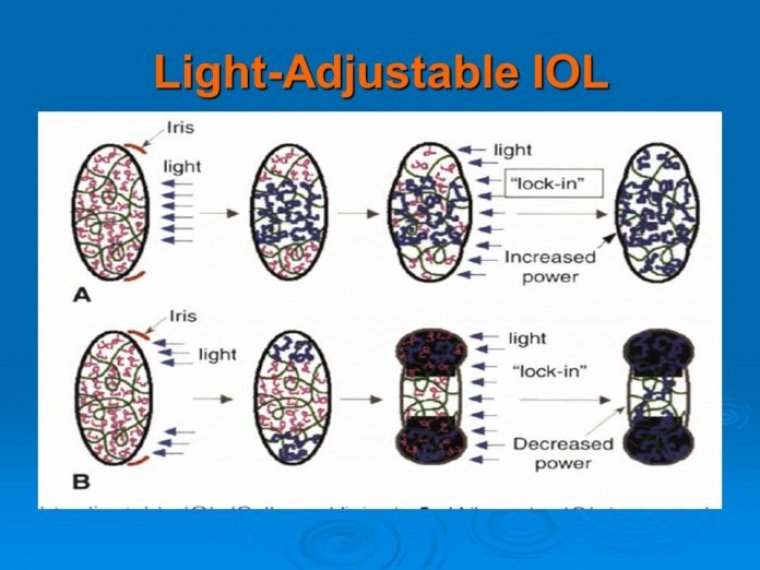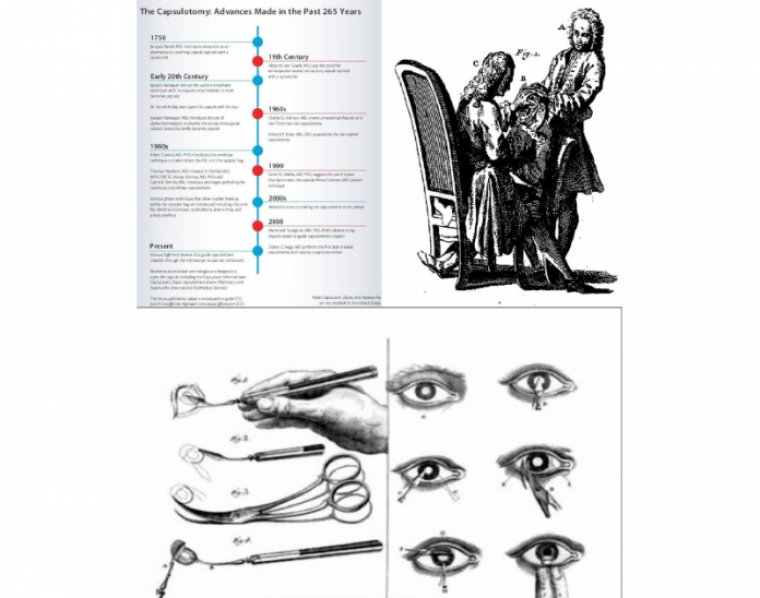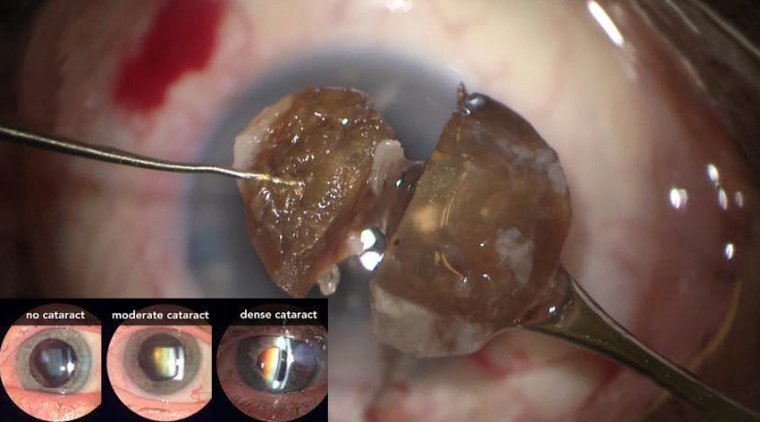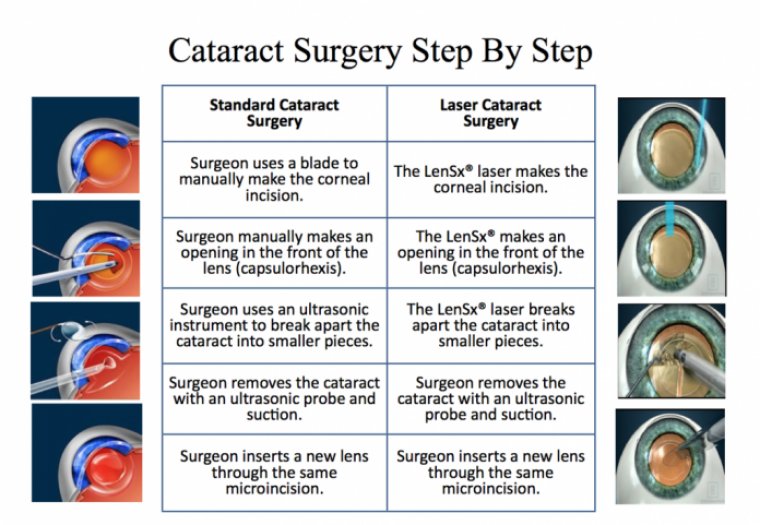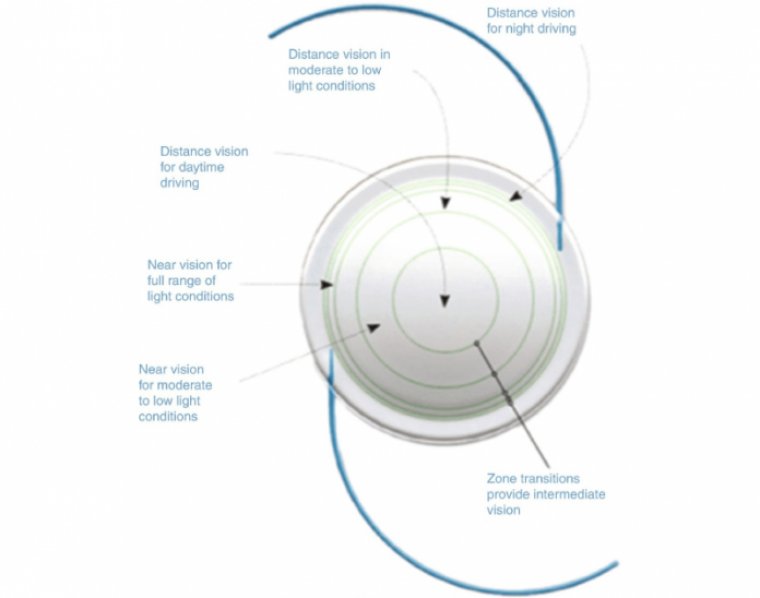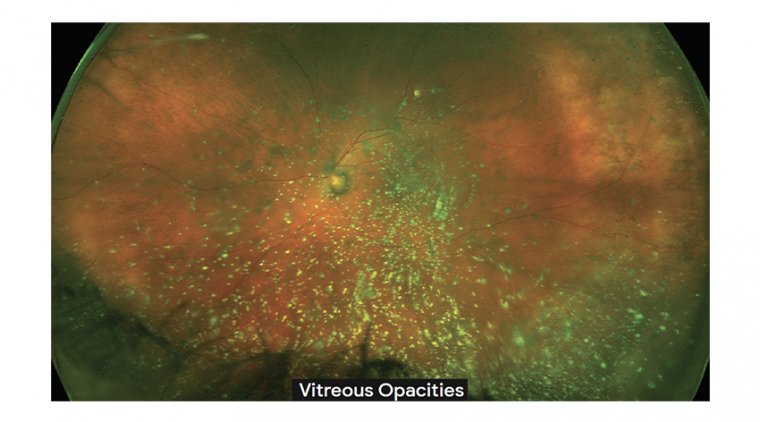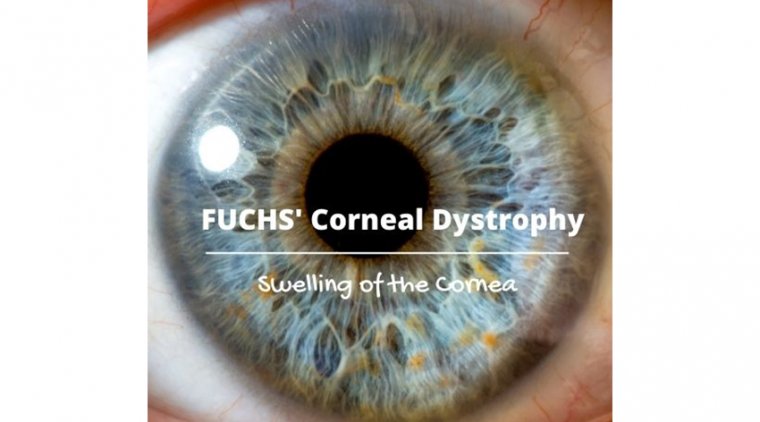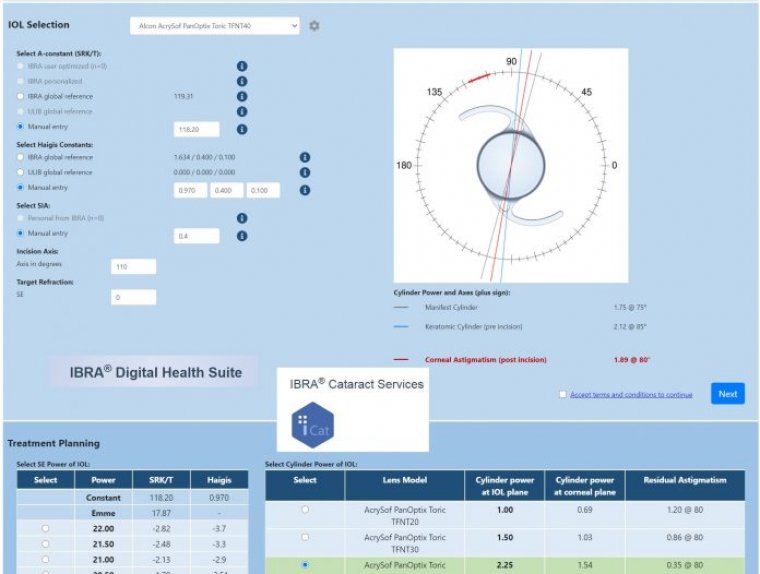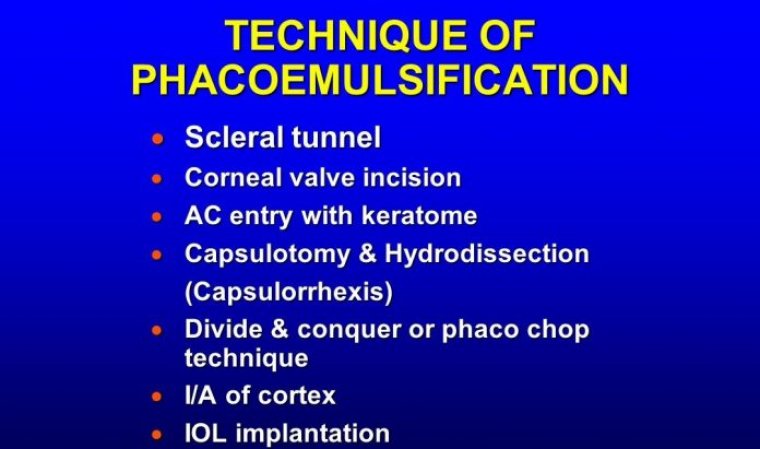
Cataract Surgery & Phaco Power Modulation
Today, the aim of cataract surgery is not only to restore vision by removing and replacing the cataractous lens, but also to simultaneously provide instant and high-quality visual rehabilitation.
Achieving a clear cornea immediately after surgery is the first step in this endeavor. One of the most important barriers to achieving clear corneas and sharp vision immediately after cataract surgery is damage from ultrasound energy induced during the procedure.
The advent of ultrasound power modulation has dramatically increased the efficiency of ultrasound energy and minimized heat production, thereby decreasing the risk of thermal injury that contributes to endothelial cell loss and corneal edema.
The goal in cataract surgery is perfection in nuclear disassembly, performed with just the right amount of phaco energy—not too much, not too little—according to Dr Lisa Park, associate professor at Columbia University Vagelos College of Physicians and Surgeons in New York, United States.
Excessive ultrasound can result in endothelial cell loss, corneal oedema and corneal wound burn. Too little energy can result in movement of the capsular bag or ophth stress, difficult nuclear disassembly, over-use of irrigation fluid and long surgical times.
Transversal & Torsional Phaco
Traditional longitudinal phaco is a powerful technology designed to break up very dense nuclei using a back-and-forth jackhammer motion, but it comes with disadvantages.
Dr Park explained that the procedure, with its long stroke length and high power, can result in repulsion of nuclear fragments at the phaco tip and no cutting performed during the backward movement of the tip.
In addition, it is important to limit the power settings to avoid excessive heat build-up, which can potentially damage ocular tissues.
New developments in phaco technology involve delivery of power using lateral and rotational motions, referred to as transversal and torsional phaco.
In contrast to the jackhammer effect of longitudinal phaco, a combination approach combines simultaneous back-and-forth motion with transversal movement in an elliptical path. “This adds to the cutting efficiency because the nuclear material is emulsified in more than one direction,” Dr Park said.
In torsional phaco, the tip oscillates in a rotational path along its primary axis, to provide an additional cutting movement through the nucleus. Dr Park explained that this procedure works best with an angled phaco needle.
The primary advantage is an increase in energy efficiency, with minimal repulsion at the tip; the disadvantages are that a curved phaco tip can be difficult to move through a dense nucleus and there is significant movement of the tip.
Phaco Timing
The timing of power delivery can be modified to increase phaco efficiency. The basic settings are for continuous, pulse and burst power. When power is continuous, power delivery is controlled by depressing the foot pedal; the power increases with the degree of depression of the foot pedal.
The amount of power delivered can be limited by using phaco pulse mode. After each pulse, there is a period of time in which no energy is delivered. These rest periods allow cooling of the phaco needle and reduce the heat and energy delivered to the eye.
The on-and-off periods in pulse mode are referred to as the duty cycle. Standard pulse has a 50% duty cycle, during which the ultrasound is on half of the time no matter how many pulses per second are delivered.
The duty cycle can be altered to change the ratio of on to off time. For example, a 20% duty cycle results in 20 milliseconds on and 80 milliseconds off per cycle.
Higher or lower duty cycles are used for different purposes. During sculpting, energy is needed to create a groove in the lens, so higher rates work better because the shorter time between pulses results in smoother delivery of energy.
When nuclear quadrants are being removed, a lower duty cycle is better because the long interval between the pulses facilitates emulsification and aspiration of the fragments.
Finally, using burst mode, each burst has the same power, but the interval between bursts decreases with foot-pedal depression: the more the foot pedal is depressed, the shorter the off time is between bursts.
“The identical bursts of energy are delivered more and more rapidly with foot-pedal depression; with maximal depression, the time interval between bursts is very small, making for continuous energy delivery,” Dr Park said.
Burst mode allows for true phaco-assisted aspiration of the nucleus; the fluidics and vacuum can be used for aspiration and give small bursts of power as needed.
Lower phaco power settings should be used in burst mode compared with pulse or continuous mode because of the absence of linear control at the phaco power level.
Regarding the choice of these three modes, Dr Park noted that the ability to programme timing and duration, combined with the directional modes (i.e., transverse and torsional phaco), allow the surgeon to have “highly elegant control and precise ultrasound power delivery”.
Femtosecond Laser-Assisted Cataract Surgery
This is another technology that has resulted in increased efficiency in nuclear disassembly: femtosecond laser-assisted cataract surgery (FLACS) works through photodisruption, which vaporises the targeted tissues.
This is similar to the mechanism of phaco, but it occurs at the near-infrared wavelength, which is not absorbed by optically clear tissues.
The laser is focused to 3 microns and is especially useful for targeting specific depths. The waves dissipate approximately 100 microns from the targeted tissue, and the endothelium is not affected.
Dr Park explained that femtosecond pre-treatment significantly reduces the effective phaco time compared with conventional phaco surgery, thus reducing loss of endothelial cells and allowing faster visual rehabilitation.
FLACS allows the surgeon to decide the pattern of lens fragmentation. Using FLACS to create the quadrants, there is no need to use phaco to sculpt the lens; the surgeon can go directly to removal of the quadrants after nuclear disassembly along the lines created by the laser.
As a result, lower total energy is used in the eye, making nuclear removal easier.
The disadvantages of FLACS for experienced high-volume surgeons are the cost, increased surgical time and minimal long-term enhanced visual outcome.
However, FLACS may be advantageous for use on brunescent cataracts in patients with Fuchs’ dystrophy. “There are many means of modulating phaco power to achieve outstanding results in cataract surgery and provide the best patient care,” Dr Park concluded.

